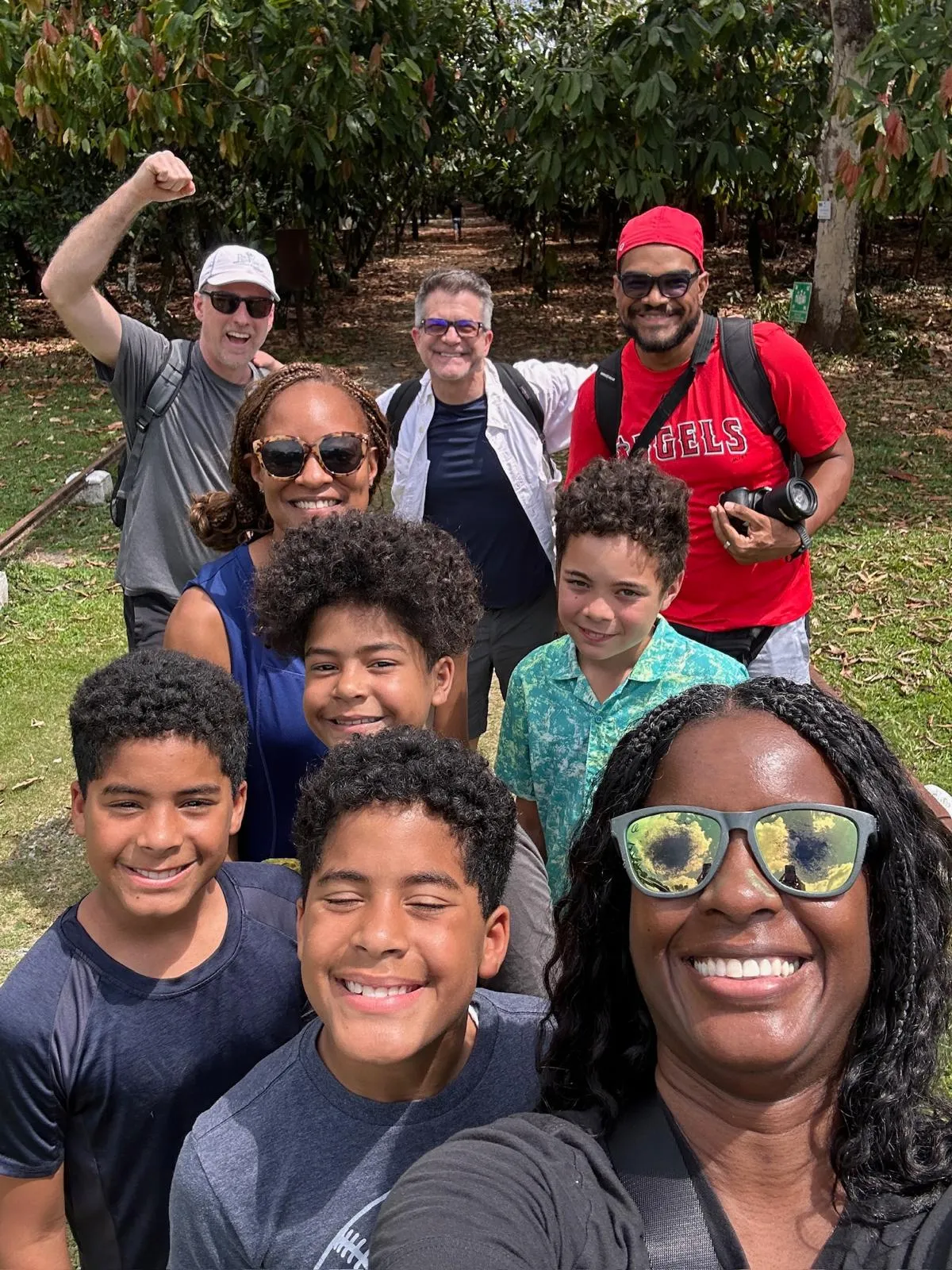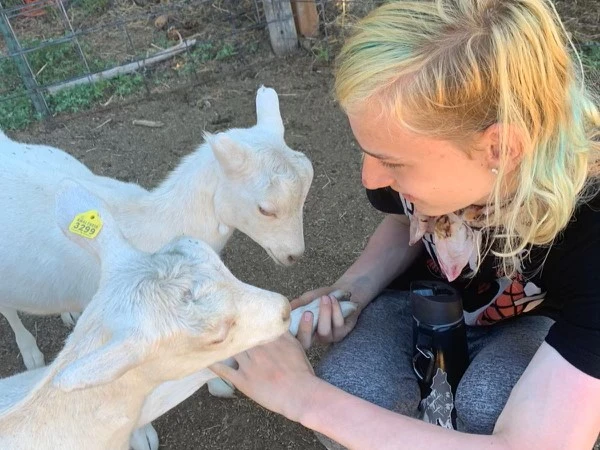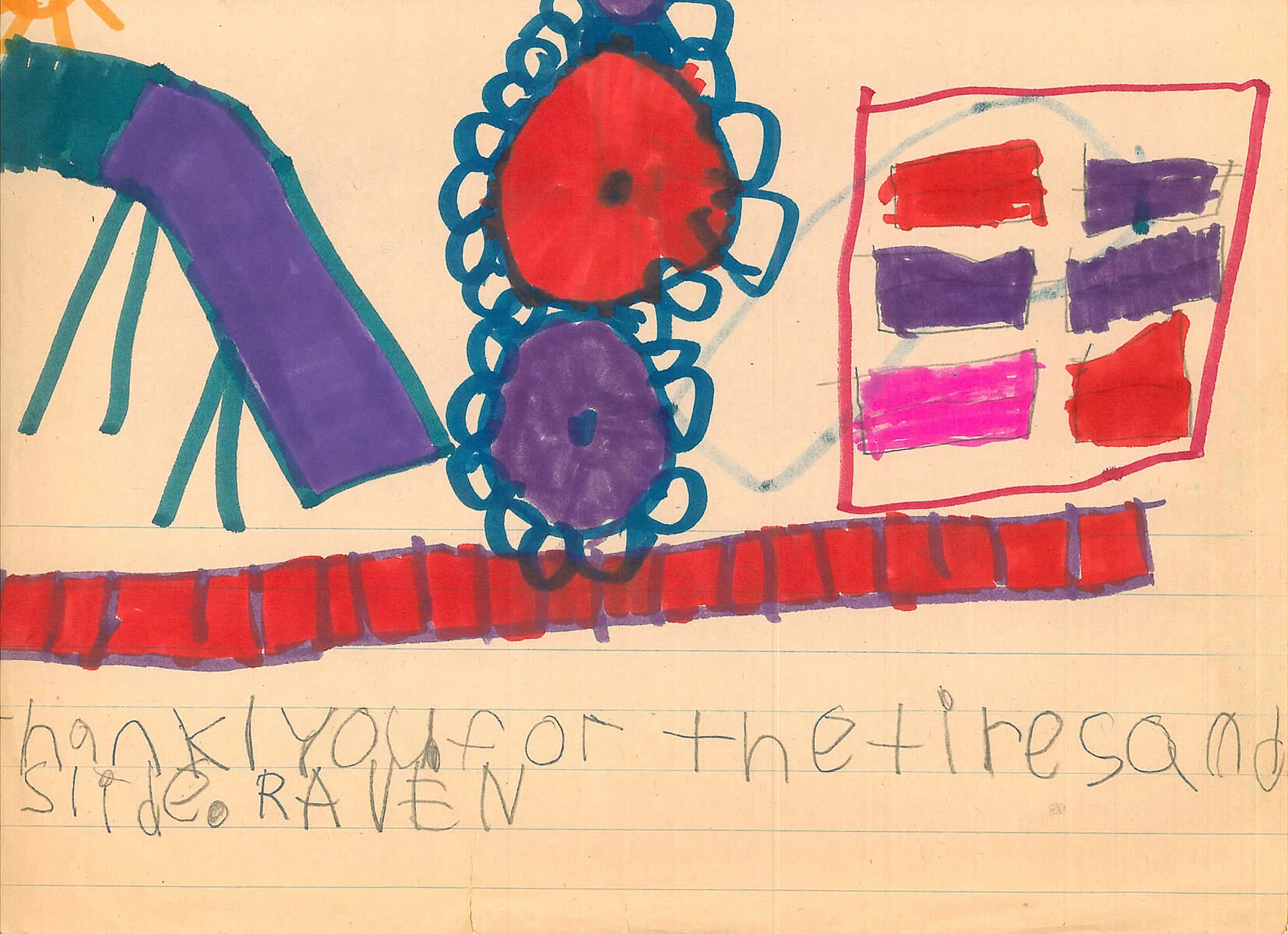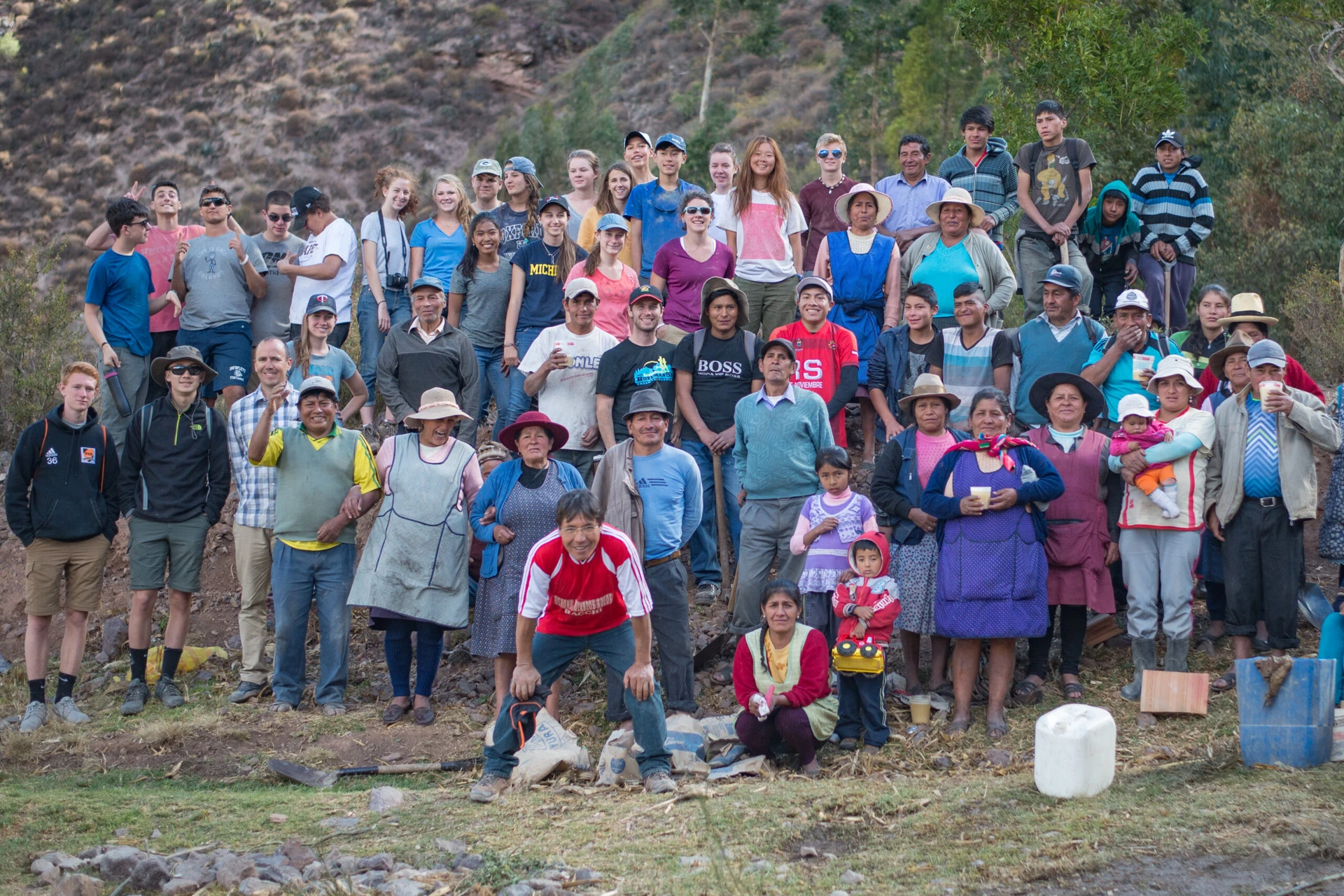By: Mollie Rayner-Haselkorn (Dominican Republic 2011)
In the year 2010 the average household income in the Dominican Republic was $5,231. That same year my parents spent almost that much to send me on a month-long community service program in the Dominican Republic. There is no question in my mind that I gained more from the experience than I gave to the impoverished community I was there to serve. The question that remains unanswered and continues to occupy my mind is what am I going to do to change a world in which such painful inequalities exist.
I signed onto the program wanting to help those who have less than I. Yet within days of living in the capital, Santo Domingo, and working in the nearby batey community of San Luis, I realized the help I had to offer was sorely inadequate…to the deep needs. The community lacked an adequate supply of clean water, a sewage system and a sanitary way to deal with garbage, which caused sickness and disease. Yet, my service boiled down to simply building a roof, digging a trench and entertaining children for a few hours a day. The curious, piercing stares my presence provoked from mothers in the community said it all: what are these kids from the United States doing here?
Something was wrong—desperately wrong. A toddler named Symone walked without shoes through streets covered in layers of garbage. Her huge belly and sticks for arms and legs screamed malnutrition. I wanted to provide Symone with nutritious food and clean water. I think her family needed the five thousand dollars more than my service.
Here I was witnessing severe deprivation knowing that days later I would return to my privileged life in New York City. My contribution to San Luis was de minimis—I did so little to help Symone and her community, yet they helped me tremendously: to appreciate my life, live in the moment and change my work ethic.
I was as close to poverty as I had ever been, and I understood for the first time how profoundly unjust this world is. The following autumn, while reading William Faulkner’s “As I Lay Dying”, I related to the main character, Addie, who gave up on communication because in her view only experience, not words, could convey meaning. I heard and spoke the word “poverty”, but until I met people who were impoverished I never fully understood its true meaning. I only inched closer to understanding—I am far away from understanding the forces that create such inequality.
But every inch matters. Like Addie, I feel committed to acting and experiencing to truly understand. I now have a responsibility to change what I witnessed. The next four years is an opportunity to seize knowledge and meaning through my action and experience. As I make decisions in the future I will not forget the mothers’ stares or Symone’s face. It is up to me to give meaning and value to the five thousand dollars my parents spent.






